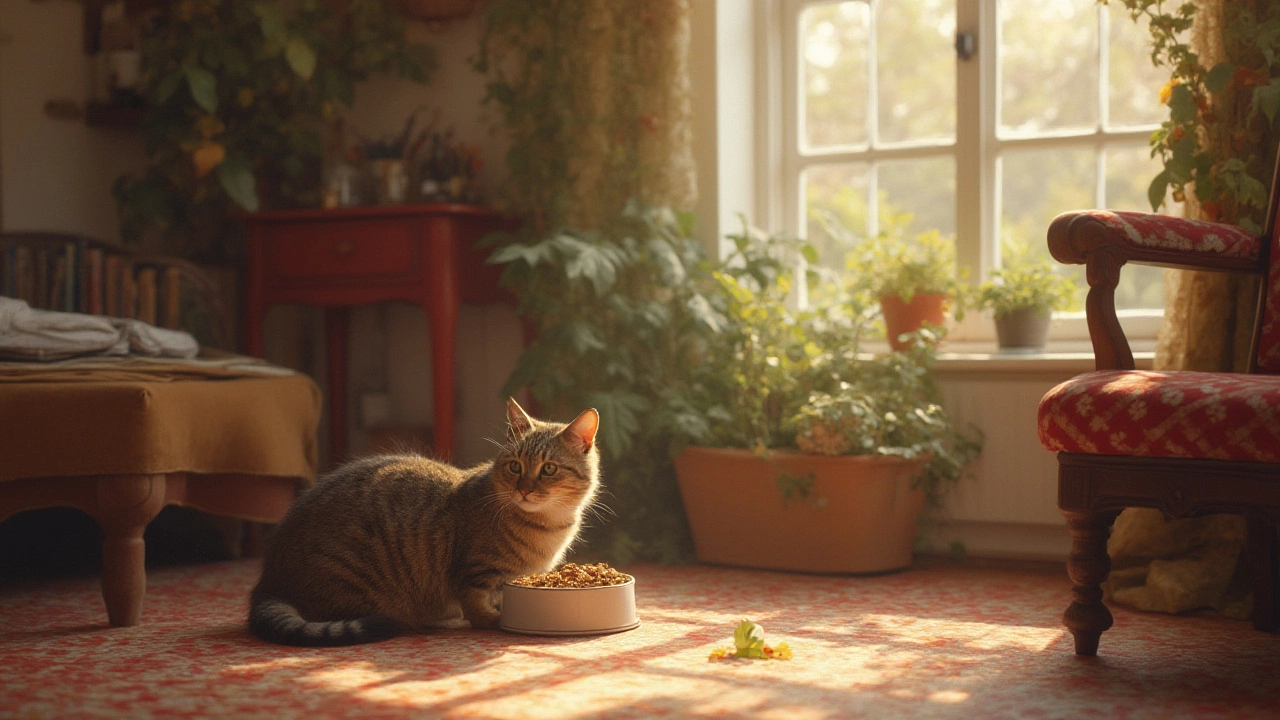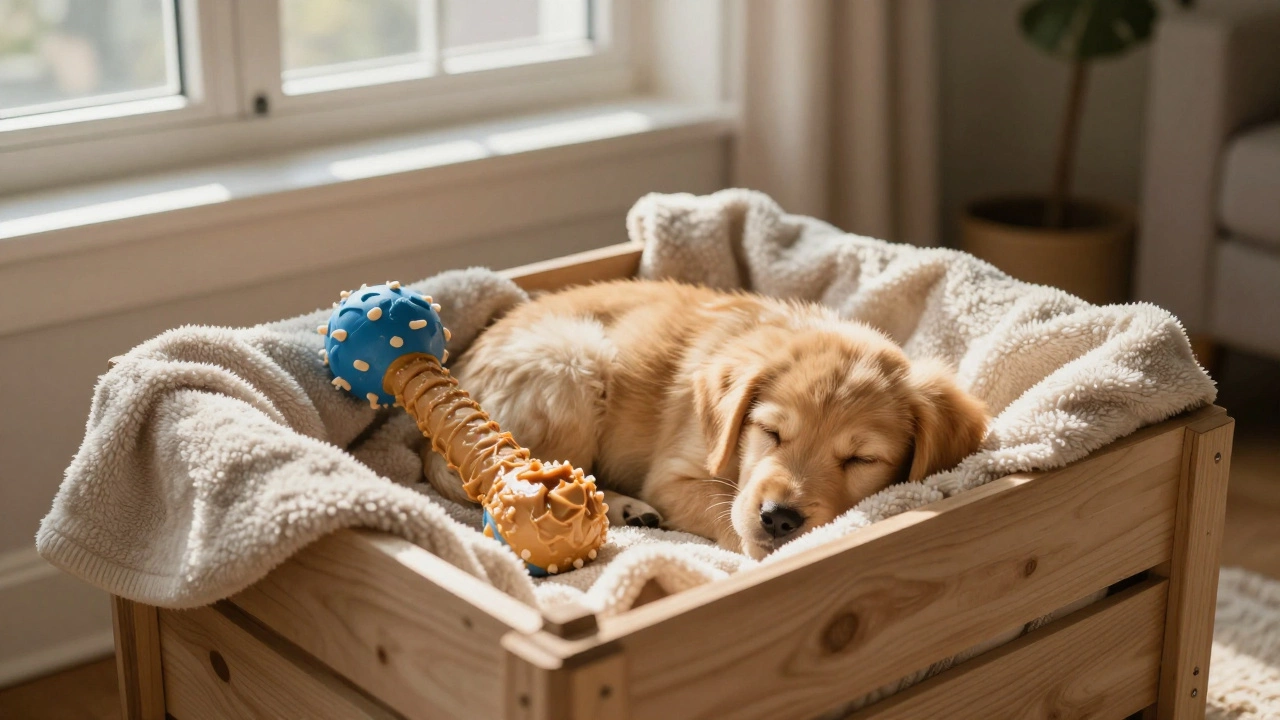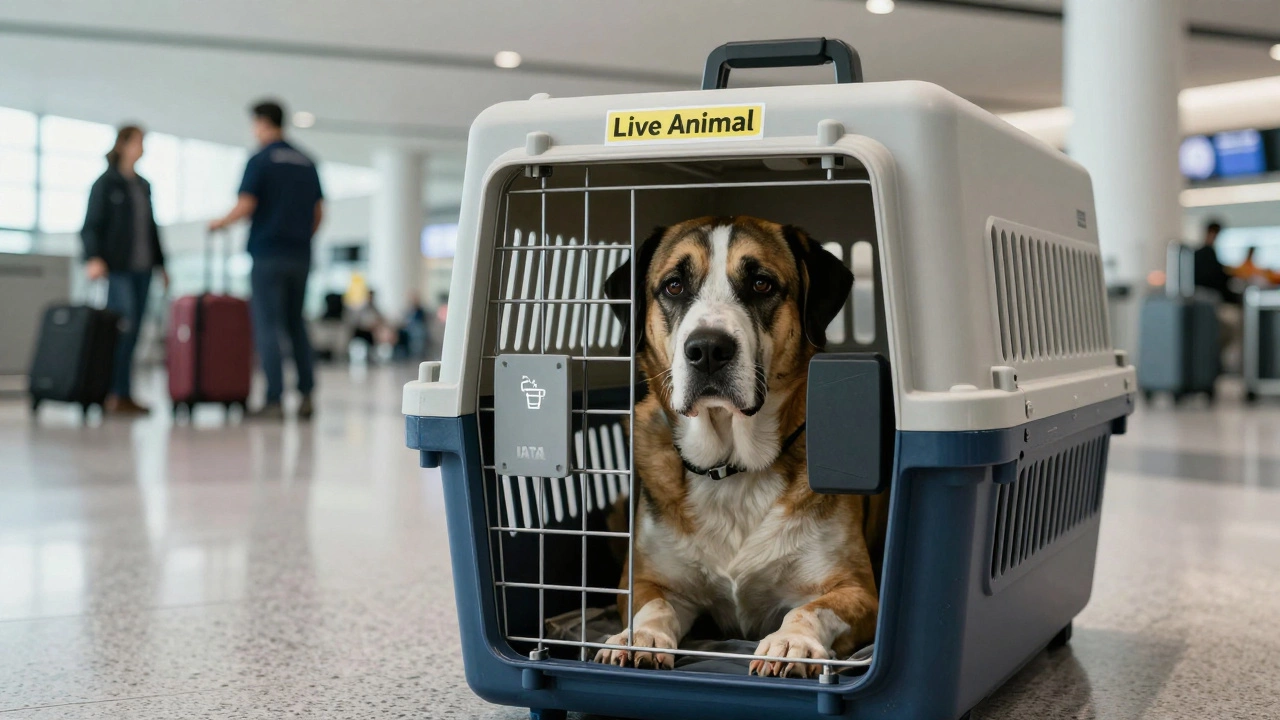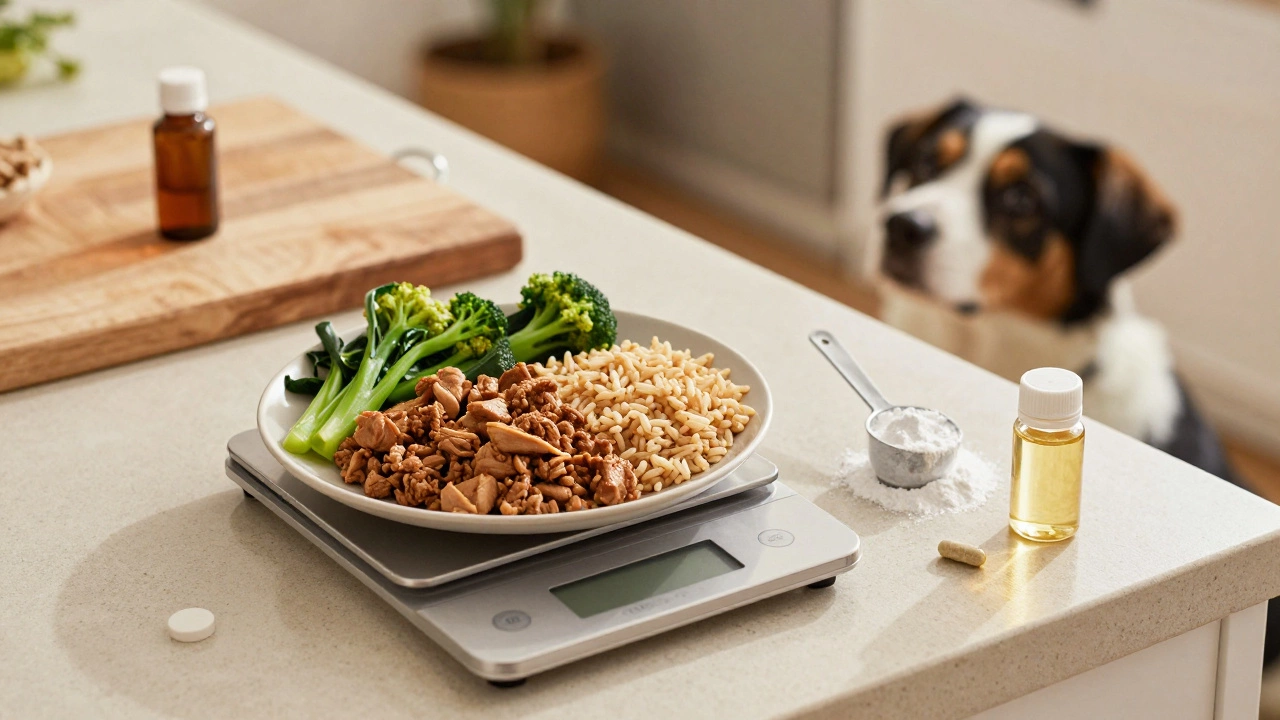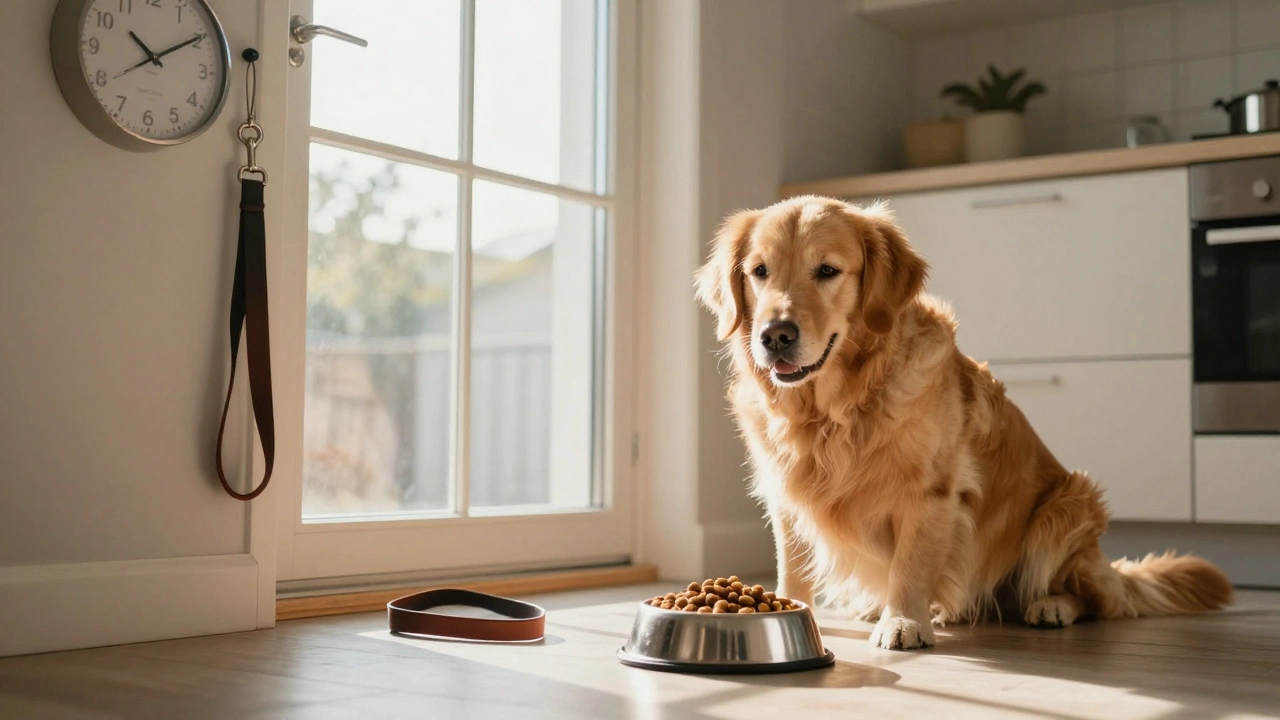You’d think a creature as picky as a cat would know exactly when to push back their bowl and say, “I’m done.” But is that really the case? Picture this: my son Finnian and I watching our tabby, Gus, eat dinner, then prowl the kitchen five minutes later as if we never fed him. He sits by the fridge, giving us that wide-eyed “Please, sir, may I have some more?” look. It’s enough to make you wonder—do cats actually stop eating when they’re full, or is their appetite a bottomless pit?
The Science of Cat Satiety: Do Cats Have an 'Off Switch'?
Cats are supposed to hunt, eat, nap, and repeat. Yet for most house cats, the food is always there, delivered in a shiny bowl. So, do cats actually possess a built-in system that tells them, “That’s enough”? Turns out, it’s not so simple. While cats do have appetite control hormones—like leptin (which helps signal fullness) and ghrelin (which triggers hunger)—the domestic cat’s appetite is influenced by more than just biology. In the wild, cats catch small prey throughout the day, eating about 8–12 tiny meals daily. Each mouse or bird is just enough to fill them up for a few hours.
But our pampered felines evolved from a very different life than today’s kitchen-dwelling kitties. A 2022 study from the University of Liverpool found that feline appetite hormones are shaped both by what a cat eats and how food is delivered. Cats on scheduled meals showed more control compared to “free feeders” (those who have constant bowl access). Interestingly, the same study reported that some cats will actually keep eating beyond the point of fullness—especially with foods that are high in palatability (think of the feline equivalent of a cheesy pizza or a heaping bowl of ice cream).
So, while most healthy cats have a feedback mechanism that signals them to stop eating, not all cats will respond the same way. Genetics, feeding habits, and even past experiences—like whether a cat had to fight for food as a kitten—can mess with those internal signals. And here’s the surprise: some breeds, like Maine Coons, are notorious for eating way past full, while others will turn their noses up at anything that’s not absolutely fresh. It becomes clear that there’s no universal “off switch.”
The Role of Instinct, Environment, and Human Influence
Let’s be real: a cat knows how to work the system. The instant that treat jar shakes, your average feline suddenly forgets they just ate a full bowl of kibble. It’s not entirely their fault. In the wild, scarcity, competition, and fast meals are the norm. Even though your living room isn’t a savannah, those instincts linger. Cats faced with unpredictable access to food may eat more in one sitting as insurance. That’s called “gorging” behavior, and it makes sense for a wild hunter. For our house cats, though, this can lead to overeating, especially if food is always available.
Cats learn quickly that humans are food-givers, and they’re master manipulators. False hunger cues—that dramatic meowing, the weaving between your ankles, or tapping the food bowl—may not signal true hunger. Behavioural studies have shown that many cats use these tactics because they’ve learned we translate them into snacks. In fact, a leading veterinary survey in 2021 found that nearly 60% of indoor cats in the U.S. were classified as overweight, partly because their owners have trouble saying no to those adorable, manipulative faces.
The environment also shapes feline feeding. Easy access to calorie-dense food (especially dry kibble) promotes “mindless” eating. Picture a cat grazing all day, munching whenever bored or anxious. On the other hand, cats fed on a schedule—and who have some activity to distract them—are less likely to overeat. And if you’ve got more than one cat, competition can kick in, leading even usually sensible felines to scarf down dinner faster and chase for seconds before their housemate gets a turn.
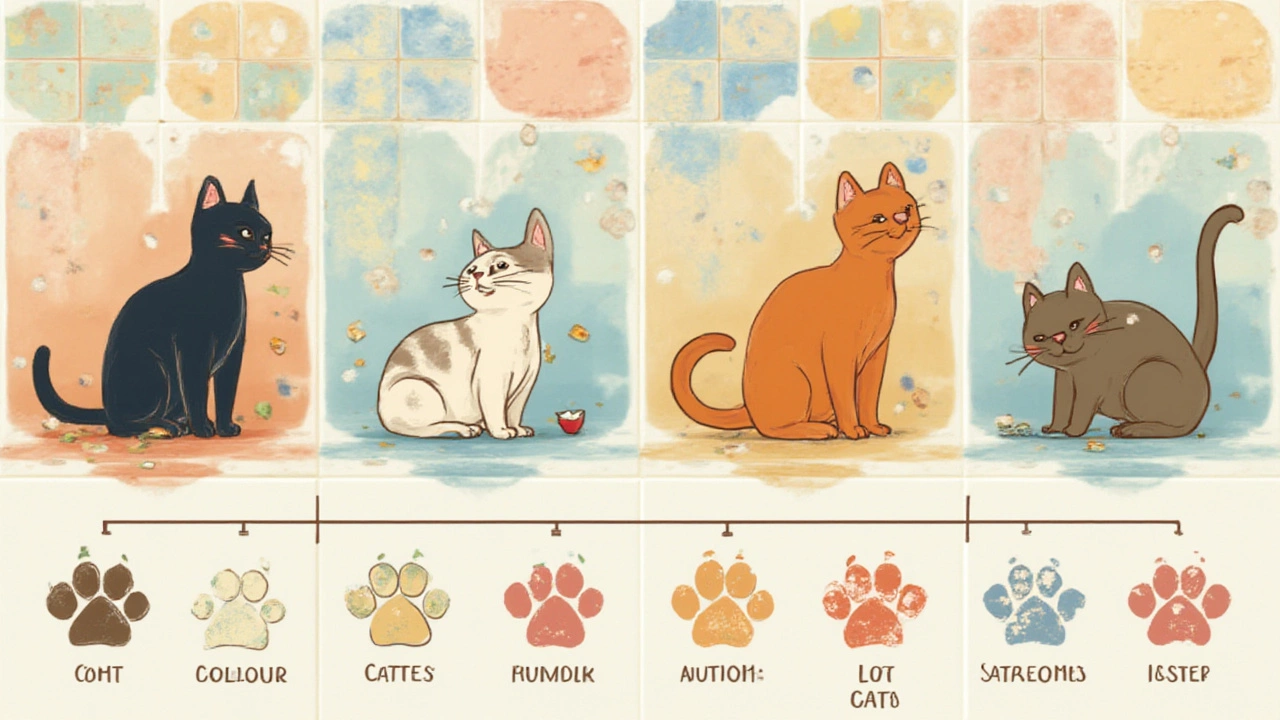
Recognizing Overeating: Signs, Health Risks, and Why It Happens
Spotting whether your cat is eating past fullness isn’t always obvious. Weight gain is the most glaring clue: if your cat’s belly is starting to swing as they trot across the room, it’s time to check in on your feeding habits. But not every overweight cat is guilty of gluttony—metabolism, age, and medical conditions (like hypothyroidism or diabetes) can play a role. Still, classic signs of overeating or unhealthy relationships with food include:
- Eating too quickly, every meal (think hoovering down kibble in seconds).
- Always begging even shortly after eating.
- Searching for food scraps, breaking into food storage, or even stealing food from plates.
- Vomiting soon after meals—aka “scarf and barf.”
- Lethargy, labored breathing, or reluctance to play due to excess weight.
Eating past fullness is not just a cute quirk; it’s risky. Cats who consistently overeat are at risk for obesity, diabetes, joint problems, and liver disease (hepatic lipidosis). In younger cats, the dangers might seem distant, but problems snowball as they age. It’s pretty sobering when you look at the numbers—according to a 2023 report by the Association for Pet Obesity Prevention, 61% of pet cats in the U.S. are overweight or obese. Those cats live 2–3 years less, on average, than lean ones.
If your once-disciplined feline suddenly turns ravenous, it can hint at something health-related. Hyperthyroidism, diabetes, or parasites all trigger increased appetite. When my buddy adopted his rescue cat, she devoured so much food it seemed like she’d never stop; turned out she needed treatment for roundworms. So, sudden changes in eating should always be checked out by your vet.
| Condition | Common Signs | Associated Risk |
|---|---|---|
| Obesity | Belly sag, lethargy, heavy breathing | Diabetes, arthritis, liver disease |
| Hyperthyroidism | Increased appetite, weight loss, hyperactivity | Heart disease, high blood pressure |
| Diabetes | Increased appetite, urination, thirst | Organ damage, ketoacidosis |
| Parasites | Ravenous eating, vomiting, poor coat | Malnutrition, GI issues |
Smart Feeding: Tips to Help Cats Eat Mindfully and Stay Healthy
So what’s the best way to keep your furry buddy from overeating while still letting them feel full and content? First up, ditch the endless buffet. Free-feeding—keeping the bowl full all day—encourages constant snacking and makes it hard to spot if your cat is eating too much (or not enough). Switch to two or three defined meals per day, and use the feeding guidelines on your cat food as a starting point, adjusting for your cat’s age, weight, and activity level.
If your cat acts hungry all the time but is a healthy weight, look at food quality. High-protein, moderate-fat, and low-carb foods keep most cats satisfied longer, mimicking what their wild diet would provide. And adding a little canned or wet food ups the moisture intake—super important, since many cats aren’t great drinkers outside the food bowl. Try using feeding puzzles or treat-dispensing toys; they not only slow eating but engage a cat’s natural hunting instincts, turning mealtime into a challenge instead of a mindless activity.
Here are a few concrete steps to curb overeating and keep your cat on track:
- Stick to a meal routine—don’t let your cat guilt you into extra helpings outside regular feeding times.
- Measure food portions rather than pouring by eye.
- If you have more than one cat, feed them separately to avoid competitive eating.
- Watch your cat’s weight and body shape using regular weigh-ins and body condition charts (your vet can help with these).
- Make use of food puzzles, slow feeders, or even hide bits of kibble around the house for them to “hunt.”
- Address boredom with more playtime, window perches, or interactive toys—sometimes “hunger” is just a need for stimulation.
- Be wary of treats. They add up fast. Keep them under 10% of your cat's calories for the day.
And if you’re not sure about your cat’s weight or portion size, your vet is your best ally. Go for a yearly checkup at least. Sometimes, like with my Finnian, even a little kid can see when the family cat is putting on too much padding—but expert input never hurt. At the end of the day, you want a cat that’s not just healthy but happy—and yes, sometimes that means resisting those adorable, pleading meows that seem to say the bowl’s always half-empty.
So, will cats stop eating when they’re full? Many do—but plenty won’t, at least not in the way you’d hope. Like us, they’re ruled by a complicated mix of biology, habit, and emotion. The trick is knowing your cat, reading their signals, and being a smarter “food provider” than they are manipulators. That’s how you keep those whiskers twitching for years to come.

